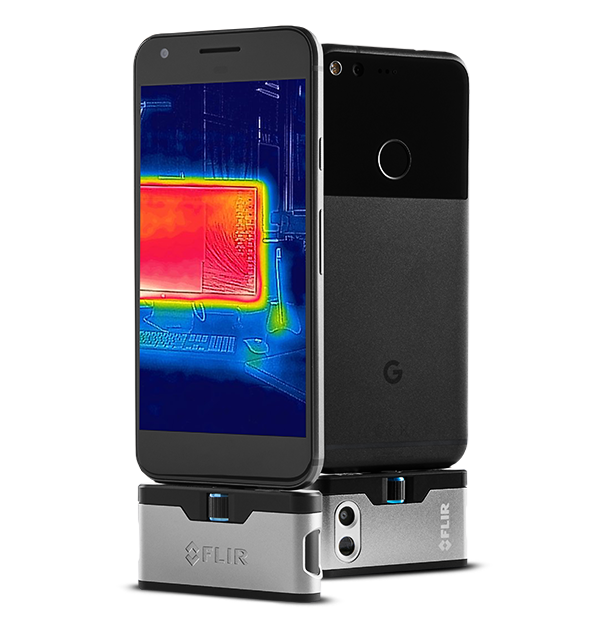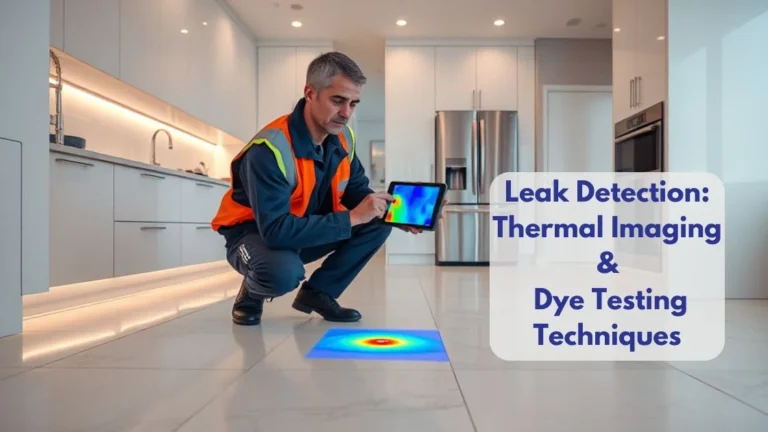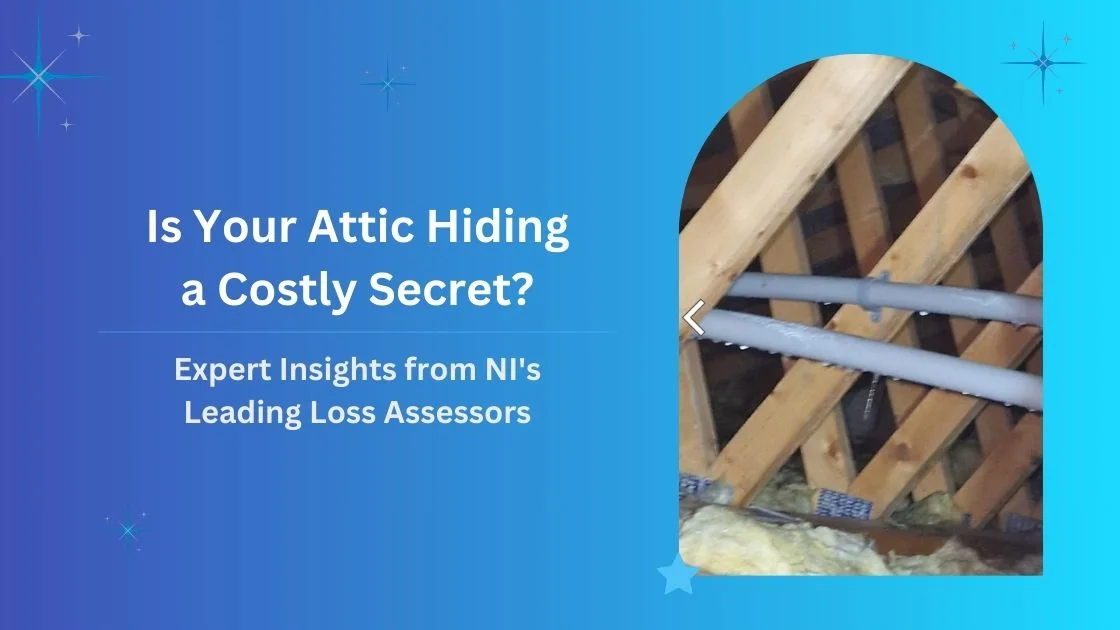Advanced techniques for diagnosing pipe leaks such as thermal imaging and dye tests can significantly improve the speed and accuracy of leak detection.
Thermal imaging provides a non-invasive method to detect hidden moisture through real-time visualisation of temperature variations. This technique, when combined with dye testing, offers precise leak location identification.
Dye tests deliver immediate visual confirmation by using non-toxic dyes, making them cost-effective and efficient. Together, these methods minimise repair costs and prevent property damage while ensuring infrastructure integrity.
The integration of these advanced techniques not only leads to quicker resolutions but also paves the way for a more proactive approach to leak management.
Overview of Leak Detection Techniques
When considering the myriad of methods available for detecting pipe leaks, it becomes evident that employing a combination of advanced techniques can markedly enhance the accuracy and efficiency of the diagnosis.
Effective leak detection is critical for maintaining pipe integrity and preventing costly damage. Among the most common methods are thermal imaging, which identifies temperature variations non-invasively, and dye tests, where a non-toxic dye reveals leak locations.
Complementing these, ultrasonic and acoustic leak detection techniques can pinpoint the sounds of escaping water, providing an extra layer of precision. By integrating these approaches, professionals can address leaks early, safeguarding property and resources.
Regular maintenance checks applying these techniques foster a culture of care, ensuring a community committed to preserving infrastructure integrity.
Benefits of Thermal Imaging
Thermal imaging stands out as a non-invasive technique for leak detection, allowing professionals to identify hidden moisture sources without causing damage to structures.
This method provides real-time visualisation of temperature differences, enabling swift action to mitigate potential damage.

Non-Invasive Leak Detection
One of the most effective non-invasive methods for diagnosing pipe leaks is thermal imaging, which utilises the ability to detect subtle temperature variations on surfaces.
This advanced technique, known as infrared thermography, allows for rapid identification of hidden leaks without the need for destructive testing. By visualising moisture presence from various sources, thermal imaging facilitates early intervention, preventing significant building damage.
The integration of acoustic monitoring enhances this method, providing a comprehensive approach to leak detection. High-sensitivity thermal imaging cameras, such as the FLIR E95, combined with moisture meters like the FLIR MR176, ensure accurate diagnostics.
Proper training in thermography further optimises results, empowering professionals to effectively address moisture issues and promote a safe, healthy environment.
Real-Time Visualisation Benefits
The ability to visualise real-time temperature variations offers unparalleled advantages in leak detection, transforming the way professionals approach plumbing diagnostics.
Thermal imaging technology enhances detection efficiency by quickly identifying hidden water leaks behind walls or ceilings without invasive procedures. By detecting subtle temperature variations as low as 30mK, it allows for precise pinpointing of moisture sources that could lead to significant structural damage.
Integrating thermal imaging with moisture meters further improves visualisation accuracy, providing a comprehensive assessment during inspections. This combination not only reduces the time spent on leak detection but also facilitates faster repairs, minimising disruption for property owners.
Embracing these cutting-edge techniques fosters a sense of belonging within the professional community committed to inventive solutions in plumbing diagnostics.
Understanding Dye Tests
In the field of plumbing diagnostics, dye tests emerge as a highly effective technique for pinpointing leaks within water supply systems. By introducing a non-toxic dye into the water supply, this method utilises the dye’s properties to visually indicate leak locations.
The simplicity and efficiency of dye testing make it invaluable in diverse settings, particularly for:
- Detecting leaks in concealed areas behind walls and under floors.
- Providing immediate identification in fixtures such as toilets and swimming pools.
- Reducing time and labour costs associated with traditional leak detection methods.
- Serving as a recommended procedure for routine maintenance checks.
While dye tests are powerful, they may not detect all types of leaks, necessitating access to different plumbing points for optimal results.

Combining Thermal Imaging and Dye Tests
Combining thermal imaging with dye tests creates a powerful synergy in leak detection, enhancing both speed and precision.
Thermal imaging identifies potential leak areas by capturing subtle temperature variations, while dye tests provide immediate visual confirmation of the leak’s exact location.
This integrated approach not only reduces repair time and costs but also minimises property damage, making it an essential strategy for effective plumbing inspections.
Benefits of Thermal Imaging
Using advanced techniques such as thermal imaging alongside dye tests offers significant advantages in the detection of hidden pipe leaks.
This innovative approach enhances thermal efficiency and ensures precise moisture detection, leading to quicker diagnostics and repairs.
The benefits include:
- Non-destructive analysis: Thermal imaging enables leak detection without invasive procedures.
- Visual confirmation: Dye tests validate thermal anomalies, improving overall accuracy.
- Rapid identification: Quickly locate leaks in concealed areas, saving time and reducing labour costs.
- Cost-effective solutions: Timely repairs prevent extensive damage, promoting efficient resource use.
Effectiveness of Dye Tests
Dye tests serve as a powerful tool in the arsenal of leak detection techniques, particularly when paired with thermal imaging. Their effectiveness shines in identifying leaks in concealed areas, such as behind walls or under floors, by using a non-toxic dye to visibly indicate leak locations.
The integration of dye tests enhances accuracy, providing visual confirmation of moisture presence alongside the temperature variations captured by thermal cameras. This combination allows for rapid leak identification in complex plumbing systems, enabling targeted repairs without extensive excavation.
Moreover, dye testing is particularly beneficial for water fixtures, such as toilets and swimming pools. While flow rates can influence performance, the synergy of dye tests and thermal imaging guarantees comprehensive leak identification methods, promoting effective intervention.
Integrated Detection Approaches
The synergy of thermal imaging and dye tests represents a significant advancement in leak detection methodologies. By employing collaborative strategies, professionals can enhance efficiency and accuracy in diagnosing pipe leaks.
This integrated approach offers several advantages:
- Comprehensive Coverage: Thermal imaging reveals hidden leaks, while dye tests confirm their location.
- Targeted Assessment: Moisture patterns identified by thermal imaging guide the precise application of dye.
- Rapid Response: Applying both methods accelerates leak detection, minimising potential damage.
- Cost-Effective Solutions: Accurate identification of leaks reduces repair costs by preventing extensive water damage.
Together, these techniques form a robust framework for addressing complex plumbing issues, fostering a sense of community among professionals committed to excellence in leak detection.
Applications in Residential Settings
Homeowners are increasingly recognising the value of advanced leak detection techniques, which can greatly reduce the risks associated with plumbing issues. Enhanced homeowner awareness and regular maintenance scheduling are pivotal in preventing costly damage. Thermal imaging allows for non-invasive leak detection, revealing hidden issues without disruption, while dye testing provides clear visual indications of leak locations.
| Technique | Benefits |
|---|---|
| Thermal Imaging | Non-invasive; detects hidden leaks |
| Dye Testing | Visual indicators of leaks |
| Quick Detection | Minimises property damage |
| Cost-Effective | Reduces repair expenses |
| Regular Inspections | Prevents escalation of issues |
Embracing these methods not only safeguards homes but also fosters a sense of community through shared knowledge and proactive maintenance practices.
Equipment Used for Detection
Effective leak detection in residential plumbing is heavily reliant on specialised equipment designed to identify issues before they escalate.
Employing cutting-edge technologies enhances detection accuracy, ensuring homeowners can maintain their plumbing systems efficiently.
Key tools include:
- Thermal Imaging Cameras – Detect temperature variations, revealing hidden leaks through heat patterns.
- Dye Testing Equipment – Introduces non-toxic dyes to pinpoint leaks quickly when coloured water appears at multiple points.
- Moisture Meters – Measure moisture content in materials, confirming findings from thermal imaging.
- Acoustic Listening Devices – Amplify sounds of escaping water, allowing for precise location identification of leaks in complex plumbing systems.
Interpreting Results and Findings
Interpreting results from leak detection techniques requires a keen understanding of the data and insights provided by diagnostic tools. Effective data interpretation is essential, particularly when employing thermal imaging and dye tests.
For instance, thermal cameras with high sensitivity can reveal temperature variations, but environmental factors such as ambient temperature can skew results. Likewise, while dye tests offer precise leak location identification, interpreting their outcomes necessitates an awareness of potential non-dye-related moisture sources.
Recognising moisture patterns, such as triangular spreads on walls, further enhances diagnostic accuracy. A comprehensive analysis, combining thermal imagery with moisture meter readings, can guarantee precise diagnoses and proactive solutions, fostering a sense of community among professionals dedicated to maintaining infrastructure integrity.
Future of Leak Detection Technologies
As the landscape of leak detection evolves, the integration of cutting-edge technologies promises to transform how professionals approach diagnostics and maintenance.
Future advancements are likely to centre around:
- Predictive Analytics: Leveraging AI to forecast potential leaks before they occur, enhancing preventative measures.
- Sensor Innovations: Development of compact, cost-effective devices to broaden accessibility for both residential and commercial applications.
- IoT Integration: Continuous monitoring systems that enable real-time alerts and remote diagnostics, improving responsiveness.
- Drone Technology: Employing drones equipped with thermal imaging for efficient inspections in hard-to-reach areas, enhancing safety.
These innovations will not only increase efficiency but also foster a proactive culture in leak detection, cultivating a community that values advanced, reliable solutions.
Key Takeaways
- Thermal imaging is a non-invasive technique that detects hidden moisture by identifying temperature differences in pipes.
- Dye tests provide immediate visual confirmation of leaks, particularly effective in water supply systems and plumbing fixtures.
- Combining thermal imaging with dye tests enhances leak detection accuracy and reduces repair time and costs.
- Regular maintenance using these advanced techniques helps prevent costly damage and maintain the integrity of plumbing systems.
- Emerging technologies such as AI, IoT, and drones are shaping the future of leak detection, improving efficiency and responsiveness.
Have you noticed unexpected dampness or water stains?
Undetected leaks can cause significant damage to your home and disrupt your daily life.
What if you could locate and resolve these hidden leaks without tearing your home apart? Our specialist leak detection service in Northern Ireland uses state-of-the-art technology to find leaks quickly and accurately.
Imagine the reassurance of knowing your home is free from hidden leaks, with no more worrying about water damage or unexpected costs. Our expert team ensures a thorough and non-invasive detection process, giving you peace of mind.
Don’t let hidden leaks compromise your home’s safety and comfort. Schedule a specialist leak detection service in Northern Ireland today and protect your property with our reliable and efficient solutions. Act now and secure the integrity of your home!



